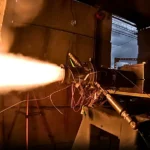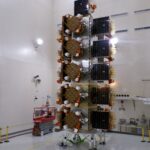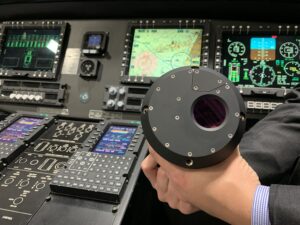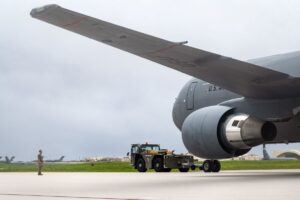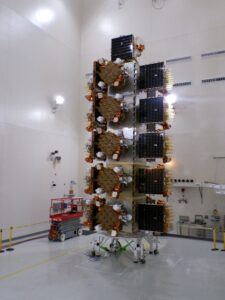
Building on initial successes with an experimentation effort aimed at developing common hardware—radios and antennas—that would be installed on aircraft to communicate with different satellite communications (SATCOM) constellations in multiple orbits, the Air Force is expanding the work to new satellite clusters. Northrop Grumman [NOC], one of four companies developing the common user terminals, on June 28 received a $79.3 million contract modification from the Air Force Research Laboratory to add work under Call 3 of the Defense Experimentation Using…

 By
By 